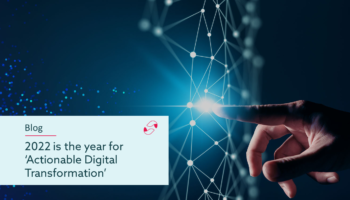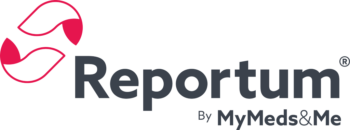In preparation for my presentation at Pharmadanmark, I have been documenting the growing pressures on life science organisations and the rapidly developing Pharmacovigilance landscape that we work within. I believe there is an imperative need to move from manual to automated PV processes to respond to the changing environment and deliver higher levels of compliance & improved quality.
Within the industry, pharmacovigilance and drug safety departments across the world are facing an ever increasing volume of adverse event reports in combination with greater regulation and scrutiny. Companies are managing broader portfolios with differing needs and priorities whilst there are higher levels of patient/consumer expectation than ever before. These growing pressures demand that life science organisations consider different approaches to the traditional, manual PV processes.
“Optimisation of IT systems, digitisation of reports and automation of manual processes to capture, collate and assess adverse event reports represents one of the biggest challenges in the field of drug safety.”
There are three issues which PV departments should take into account as they transition from the traditional manual processing of safety data to an automated digital system, delivering efficiency and higher quality data.
- Quality - Significant focus has been given to the storage and optimisation of data for analysis, resulting in large databases and strong analysis tools. The problem is that these databases are often populated by incomplete data sets that are inconsistently coded, often missing key information required for risk management commitments and license management. This ultimately reduces the likelihood of understanding safety profiles and detecting safety issues at the earliest opportunity, which is especially important for new, innovative medicines.
- Compliance - End-to-end drug safety processes are often so complex and therefore varied, that it makes global consistency difficult to achieve. This can lead to findings around the execution of PV processes during regulatory inspections.
- Cost effectiveness - Traditional processes are inflexible and labour intensive, requiring significant management supervision and are therefore extremely costly. Current economic climates demand cost-containment whilst allowing scalability to meet the increasing volume of reports, new products and expanding markets.
Companies need to think through both how they obtain information from users about new products placed on the market, while improving the efficiency of their monitoring of established products, where the safety profile is well-defined.
Businesses adopting these new systems will be able to ensure that the capture of information and the associated workflows are configured for specific products and events from the moment someone tries to report safety issues, driving greater intelligence into wider processing activity. Indeed, solutions can then be optimised for simple usability to capture the information directly from patients.
Companies try to connect with patients now through communities and engagement programs, but these are not as effective as intended. Companies should therefore turn the bottle upside down and assess how they will gain knowledge about products in the future and which IT solutions can help them get there. Many current systems and processes struggle to reflect today’s digital age, as they have been designed for manual processes that were the norm.
“There is a need for better digitisation of information with associated workflow and alerts to enable PV teams to take action.”
It should be easy for users to report through a trusted route and the technology should be able to capture, understand and analyze key information from the start.
Finally, patients not only want to report problems, they also want to access useful information regarding their medicines. Patients seek information through blogs, articles and professional journals online, but they have difficulty identifying what is credible, authoritative information.
Life science organisations have an opportunity to provide online tools that enable patients to report their adverse experiences and simultaneously provide relevant information on these very same medicines back to the patient to ensure they are used according to the label. PV teams, with their expert knowledge of their medicines, can utilise these systems to position themselves as the credible source of information in the online world, future-proofing their actions for years to come.
Join me at the upcoming Pharmadanmark workshop on 29th February from 5-7pm in Hellerup, Denmark for more in-depth discussion on the future of pharmacovigilance – it would be great to see you there!
Advance registration is required. Pharmadanmark members can register online. If you are not a member but would like to attend, please email us at info@mymedsandme.com to be added to the guest list.









